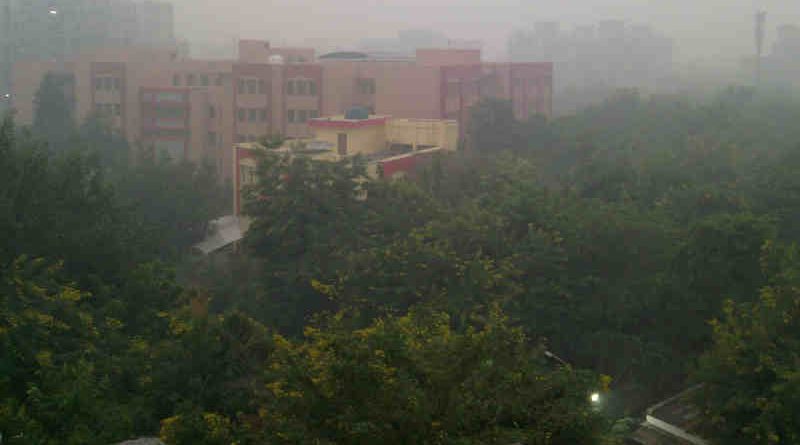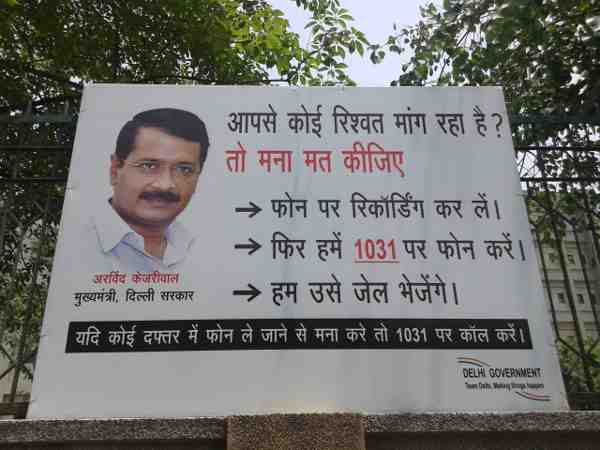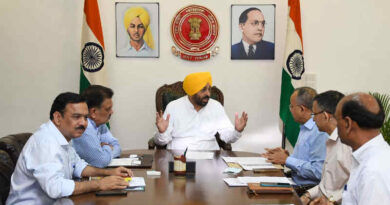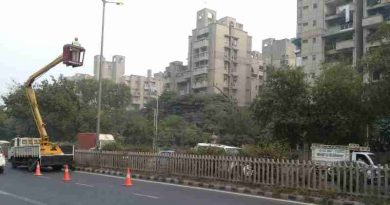Global Report Warns of Ecological Disaster in Delhi
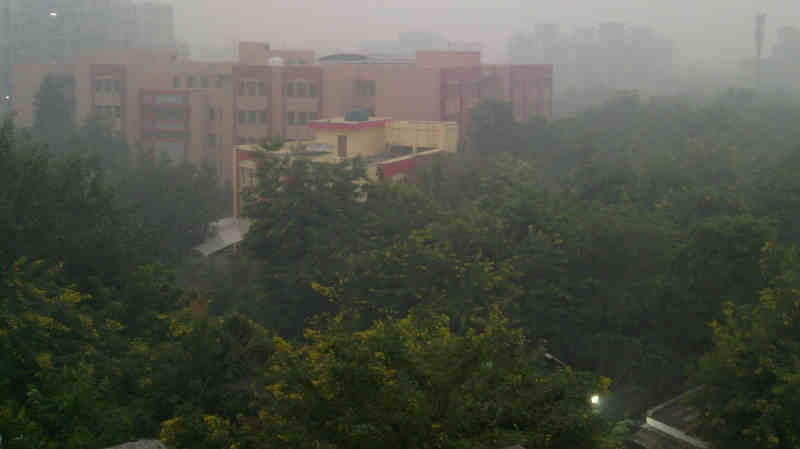
Delhi with a population of 32.3 million is facing a severe threat from increasing levels of air pollution along with other infrastructural hassles.
By RMN News Service
A new global report has warned of an imminent ecological disaster in India’s capital New Delhi (or Delhi), which is already the world’s most polluted city. Factors such as poor infrastructure, lethal air pollution, weak regulatory framework, and administrative failure are going to make Delhi unsustainable for its population of over 30 million.
The Ecological Threat Report 2022: Analysing Ecological Threats, Resilience & Peace released on October 20 by the Institute for Economics & Peace (IEP) has included Delhi in the list of cities which are facing the harshest challenges. These cities have high projected population growth rates, poor sanitation, lack of infrastructure, high crime rates, and substantial ecological threats.
According to the report, Delhi with a population of 32.3 million is facing a severe threat from increasing levels of air pollution along with other infrastructural hassles.
Last year, Delhi’s most significant ecological threat was air pollution, made worse by the dust that is a constant feature of the city. The report says that Delhi generates between a third and 56 percent of the harmful pollutants in its atmosphere, with the rest mainly originating from other parts of India.
Several interrelated factors explain Delhi’s poor air quality, some of which are beyond the city’s control. Firstly, the city cannot regulate the environment that surrounds it, which means it attracts pollutants from brick kilns and construction needed to accommodate this growing metropolis.
[ Also Read: India Corruption Research Report 2022 ]
Additionally, according to the report, the size of the city and its weak infrastructure (including the regulatory and enforcement regimes) cannot address pollutant sources in the city.
This is most obvious with respect to the construction sector, which lies at the heart of Delhi’s growth. Cement contributes 10 percent of the coarse pollutants in Delhi’s air. The poor public transport system compels car usage, whereas poverty encourages the burning of wood and cow-dung cakes to keep warm.
The report adds that the unfavourable geographic location and regional meteorology results in low humidity and episodic dust events from the surrounding environment. Delhi is also affected by regional trends, such as stubble burning in the Punjab and Haryana states, which although banned continue.
These activities and other outside activities account for 30 to 40 percent of Delhi’s air pollution between October and November. The interconnectedness between geography, population growth, and ecological threats is visible when one considers how densely populated Delhi is and will continue to be, the report says.
More people, lack of efficient public transport, and poor road construction mean that the congested traffic conditions persist into the evening. The report also finds that the poor regulatory and enforcement regimes allow polluters to escape scrutiny.
It suggests that the ecological threats, societal resilience, and low levels of peacefulness will not be resolved without concerted international action. The Ecological Threat Report 2022 includes a number of policy recommendations which are generated by experts to support the local communities.
With its head office in Sydney, Australia, the Institute for Economics & Peace (IEP) is an independent think tank dedicated to shifting the world’s focus to peace as a positive, achievable, and tangible measure of human well-being and progress.

